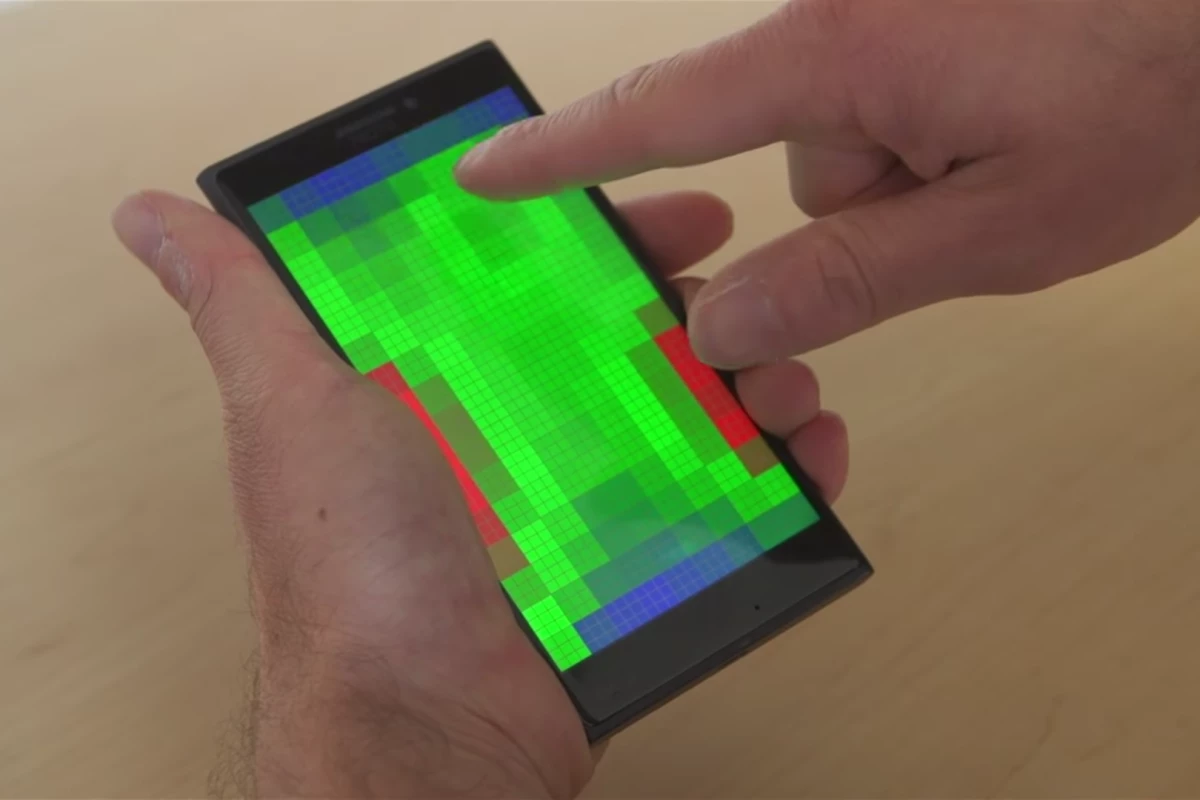The next generation of Windows phones and tablets could feature pre-sensing touch capabilities if work out of Microsoft Research makes the leap from prototype to production. The technology allows a touchscreen to anticipate touch input before you lay a finger on the display and register how you're holding the device to tailor context-sensitive menus accordingly.
We've seen similar tech in the past, such as the hover detection technology in Cypress Semiconductor's TrueTouch that mimics mouseover functionality when it detects a finger hovering over the display. However, Microsoft Research's self-capacitive touchscreen appears to be the first time pre-touch sensing and grip detection have worked in conjunction.
Taking into account factors such as the angle and speed of your fingers' approach, the prototype detects movements within a certain field above the screen and can bring up new menus and interaction options accordingly. Hovering a finger above the screen while watching a video, for example, brings up controls for volume, playing and pausing, which you can then tap or drag as normal. Move your finger away from the screen again, and the menu fades away.
When the grip detection comes into play as well, things get even more interesting. The device can determine if you're using one or both hands to hold it, and can bring up custom menus depending on which fingers you use and which part of the screen you hover over.
So holding a phone with one hand and using that thumb over the screen will bring up a smaller, thumb-friendly menu of the main functions, including digital knobs to control volume or track through the video timeline. Hover a second finger over the screen, and the options broaden accordingly.
Microsoft also suggests that pre-touch and traditional touch commands can be combined to allow for more comfortable use of devices. A document, for example, could be selected by tapping it, and then manipulated through a dynamic menu that pops up wherever you hover a second finger. Rather than playing finger Twister, you can bring up the menu anywhere on the screen that feels natural to the position of your hand.
You can see the technology in action in the video below.
Source: Microsoft Research




